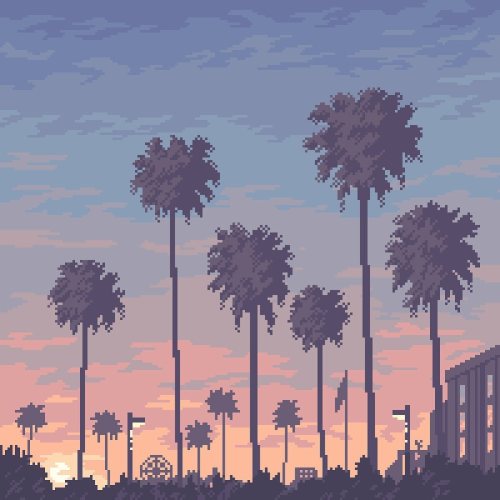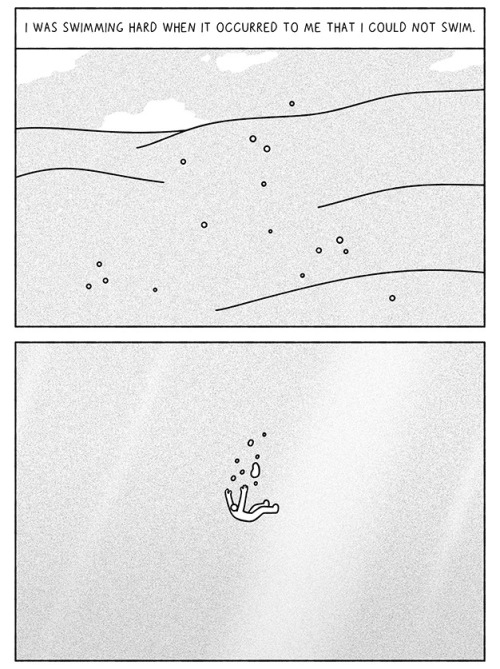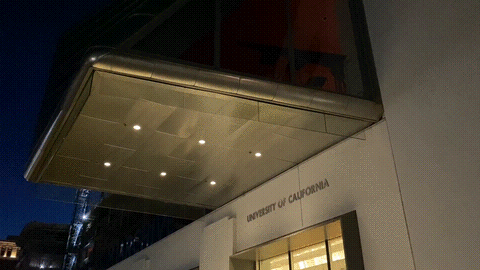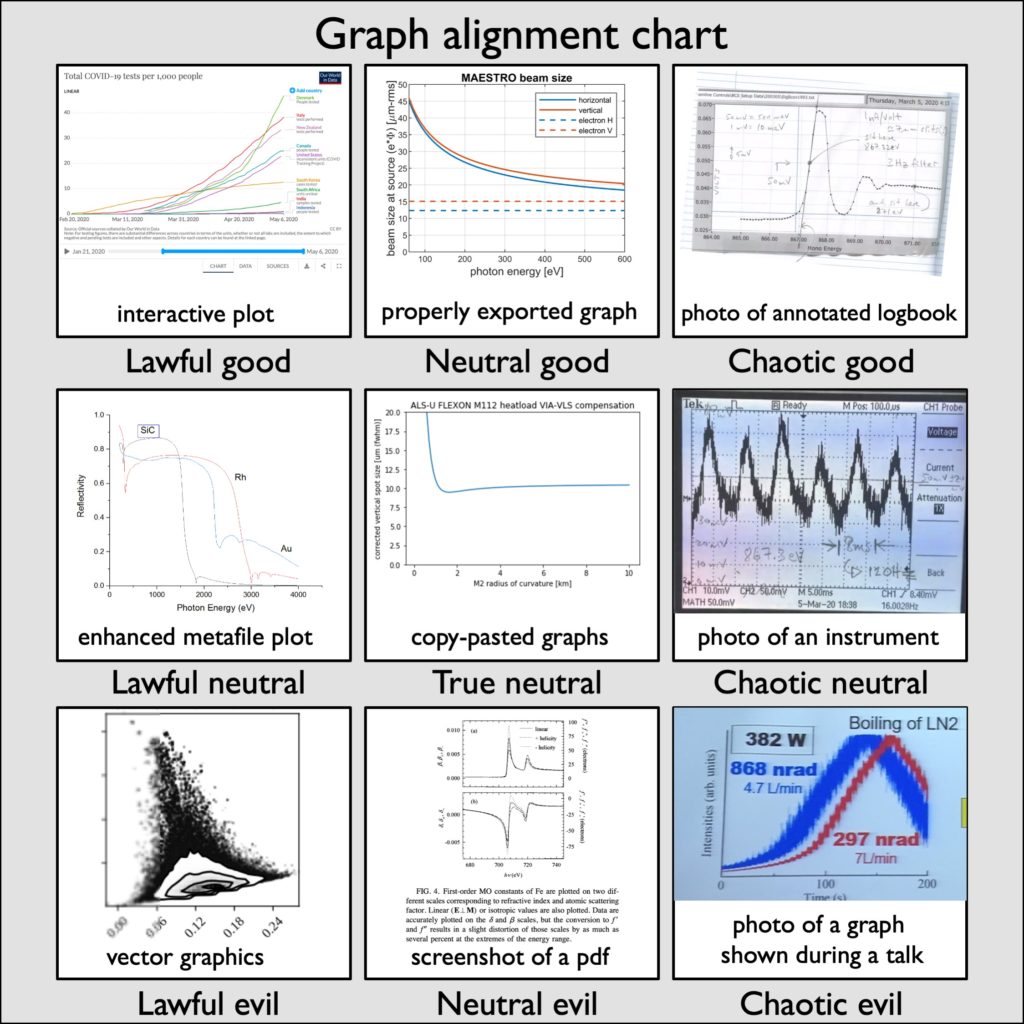Today is Earth Day, a celebration of Earth and the environment started fifty years ago. This year, as the covid-19 pandemic upends the regular unfolding of the world, we can step back and ask how what we learn from the current crisis can help us scientists make science better and more efficient to curb climate change and its consequences.

Here’s a set of eight question to ponder about this, and some preliminary thoughts gleaned during a
forum@ESA.
1. The interdependence of the supply chain has become very apparent. Can we make the case for renewable energy in terms of resilience of systems?Solar energy is the only form of energy available everywhere on the planet: all others need to be transported and transferred. Geothermal energy should also be tapped (it is essentially low grade solar energy!)
2. The dramatic reduction of activity in urban centers has brought back clean air in some cities for the first time in decades. Can we envision a world without emission, from energy production to energy use?Cars on the road have the most impact – we need to switch to switch transportation modes. We could have electrical energy on tracks, some flavor of autonomous driving could quickly provide modular transportation schemes. We also need to change how some cities are built, to make it easier to have common transportation (relative location of schools, business and housing)
3. The current covid-19 crisis is global, and scientists have broken paywalls and started new collaborations with their peers around the globe. What can we learn from this, and promote meaningful collaborations?Open Access
is on the rise (Project DEAL, Plan S,
White House Open Access plan.) Wikipedia is a great resource, completely under-used; it seems that it stems from the issue of ownership (who gets to write on who? and who gets the credit for this work?) We can also rethink
research tools, to make them more efficient and more collaborative. The way academia is organized (race to tenure, etc.) may hamper collaboration and therefore innovation.
4. The global economy has been hit severely, and it will be important to promote new economic activity when the outbreak will be over. How can energy technologies inform policies and shape capital projects?We could build mass transportation system, with initiatives similar to the New Deal (infrastructure is manual labor intensive.) Science can help to find which are the most effective or efficient ways (data science and machine learning.) Scientists could work in tandem with civil engineers, maybe using their school network to reconnect. There should be incentives for scientists to do so.
5. The disruption school year has taken a toll on kids and parents alike. How can scientists engage with students, when the distance is measured in bits per seconds rather than miles?It would be good to reuse and repurpose older devices. There could be an open OS for discarded devices that would provide minimal functions (video conferencing, calculator, etc.) Scientists should also learn to mentor without physical presence (though one-on-one interaction is important), and therefore allow more frequent interactions, over larger distances.
6. When resources are lacking – masks, ventilators,– engineers and scientists devise creative ways to fill the need using available resources and altering them. How could we repurpose existing facilities to help with climate change?7. The shelter-in-place is difficult to negotiate, but as anthropogenic emission of CO2 affects the environment, it may become routine. How can we fix the harm done using science and technology?8. There is a lot of contradictory information being circulated around the epidemic. How can scientists help disseminate information and prevent the spread of alternative facts? In addition, here are some historical and current resources on Climate Change:
I also made a thread about Berkeley Lab Art Rosenfeld on his Art of Energy Efficiency.
Continue reading →










